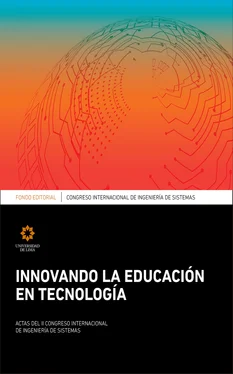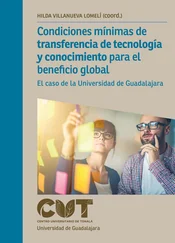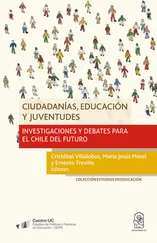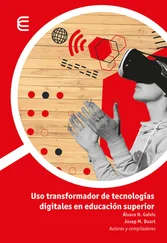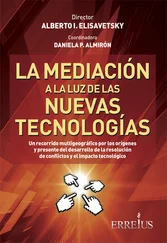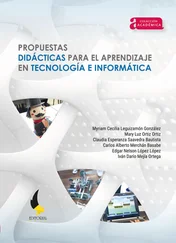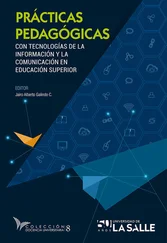In February-March, 2019, I worked at Miras University in Kazakhstan on a project entitled “Multilingual Education via Interactive & Cognitive Teaching”, which was out of their Computer Science and Information Technology department. I conducted improv workshops for both their technical faculty, English faculty, and also elementary and high school English teachers from the region.
2. BASIC RULES OF IMPROVISATION
The seven rules used here come from The Second City and are as follows: listen, use “Yes, and”, create an ensemble, co-create the story, be willing to change, use failure to improve, and follow the follower. Improvisation is fluid, which makes it a good tool for creative problem-solving. Improvisation can be thought of as a method where the group begins in chaos, which gives rise to order (and, eventually, return to chaos).
Active listening is a “muscle” that needs to be exercised and requires the following focus areas: the words themselves, the emotion behind the words, the perceived intent of the words, and that the listener is in the moment and not thinking of what s/he may be planning to say. Listen and only respond to what is heard. When someone speaks to you, treat it as a special gift and acknowledge it as being so.
By saying “yes”, one affirms the speaker and by saying “and” (as opposed to “but”), one indicates the intention to build on the speaker’s words. In this way, a story is built brick by brick. Such a method can take the performers (or problem solvers) to unexpected places and it may make one feel a bit at ease; however, it is a way of keeping a clear line of communication open. Affirm, build, and be non-judgmental are keys to this phase of improvisation. In the early days of IBM, the company’s motto was “THINK”, but in improvisation it is best to “don’t bother to think” as some of the best lines and ideas often come when performers say what is on their minds at that moment.
The word “ensemble” is purposefully chosen as opposed to the word “team”. An ensemble of musicians, for instance, is brought together with the idea that it will create a beautiful musical piece: it is the whole that is important, not the individual. The word team is often used to mean this as well; however, in terms of athletics, teams imply that some level of competition was needed in order to be a member of such teams, and that one can easily be replaced if injured. An ensemble preserves the talent and the collaborations are highly synergistic. In order to successful, ensembles must be in the moment, give and take, and surrender the right to be right (the last one is hard even in brainstorming sessions).
The focus here needs to be on finding “the idea”, not one’s own idea. This means that one must be willing to cede control, which can be difficult. During this time, one needs to avoid asking questions as this can be seen as: blocking the idea from being developed, an attempt to force justification, avoidance, or just not wanting to participate. During this time of co-creation, a few basic rules of civility and behavior are needed. Basically, share the stage and treat every member with respect. Finally, it is important to remember that while some words or sayings may be funny to one person, they can be interpreted by another as having a negative connotation.
Changing oneself is very difficult and changing others or an organization is nearly impossible without first focusing on oneself. It also involves risk taking on one’s part. Improv can help in developing this as one is constantly faced with new ideas that s/he must adopt in order to keep a story moving forward. Taking risks has become a normal part of Silicon Valley and the startup mentality as a whole for quite some time. While failure is possible, the potential of a big monetary payoff seems to make it worthwhile. In the improv world, risk-taking and failure are how actors improve their future performances. Improv also helps one learn how to fail in public, which can be very embarrassing and even emotionally upsetting if one is not trained for the possibility.
It is not about being the best or perfect at that moment, as much as it is about being in the moment and embracing the concept of life-long learning. In the classes attended by the author, we used the word “Ahougá” when we made a mistake or faux pas of some sort. There are some improvisation exercises which have the purpose to force mistakes on the team members. This teaches one how to move forward when a mistake is made without getting caught up in judgmental back-thinking.
Spolin stated “Don’t initiate! Follow the initiator! Follow the follower.” All of us have the ability to lead, and there are times when it is better for executives to step back and allow others to take over. Let things grow organically and see where they take the ensemble. Too much direction from the top tends to negate ideas from the bottom and can stifle innovation.
There is a fair amount of relevant research, articles, and talks on the use of improvisation outside of the theater. The articles reviewed show that improvisation can improve one’s communication, collaboration, creativity, and problem-solving skills.
1. “Beyond Productivity: Information, Technology, Innovation, and Creativity” edited by William J. Mitchell, Alan S. Inouye, and Marjory S. Blumenthal [10]. This is a rather lengthy book with a theme revolving around the importance of combining both the arts and STEM disciplines in order for the next generation of problem solvers and innovators to be successful. It is stated that this is “also an opportunity for each field to gain fresh, sometime uncomfortable, perspectives on itself.” It is pointed out that Pixar co-founder, Ed Catmull, embraced improvisation as a way to teach better collaboration within teams. The authors state that improvisation has a place in human-computer interaction or HCI. Finally, there are several references made to George E. Lewis, a professor of American Music at Columbia University, who said, “Improvisation is about finding structure, not imposing it.”
2. “Changes in Anxiety Following a Randomized Control Trial of a Theatre-based Intervention for Youth with Autism Spectrum Disorder” by Blythe A. Corbett, PhD, Scott D. Blain, Sara Ioannou, and Maddie Balser [3]. Their work indicates that improvisation techniques can be used to help people on the autism spectrum disorder (ASD). They point out a number of studies and suggest that additional work in this area is needed. They created the Social Emotional NeuroScience Endocrinology (SENSE) lab “to better understand the social and emotional functioning of children with autism and related neurodevelopmental disorders and to translate findings into meaningful approaches and interventions.”
3. “Education in Professionalism: Improvisation” by Richard B. Gunderman, MD, PhD [6]. This paper looks at how Dr. David Fessel, MD, a musculoskeletal radiologist and faculty member at the University of Michigan, took classes on improvisation and eventually became a member of The Second City Conservatory. His primary reason was to overcome his initial fear of giving presentations, but eventually he realized that there was much more to this. He learned that improvisation reaches far beyond that of comedy and can be applied to the medical profession in terms of teamwork, collaborative communication, relationship building, learning, and self-awareness.
4. “Humour-in-the-loop: Improvised Theatre with Interactive Machine Learning Systems” by Kory Mathewson [9]. Mathewson is an accomplished improviser and, in 2015, he began his work on creating an AI system that could engage in improvisation with a human. He developed a set of Turing test rules that could be used to show success. He collaborated with Rapid Fire Theatre on this project and it is also here where he created the improvised theater experiment called Improbotics.
Читать дальше
